Measure | Year 3 Mathematics IGCSE (Cambridge) - Class 3 PDF Download
Introduction
In this chapter, we will learn about measuring different quantities, such as length, weight, and capacity. We will explore how to use various tools like rulers, scales, and measuring cups, and understand the units used for measuring different things. By the end of this chapter, you will be able to measure objects accurately and convert between different units of measurement.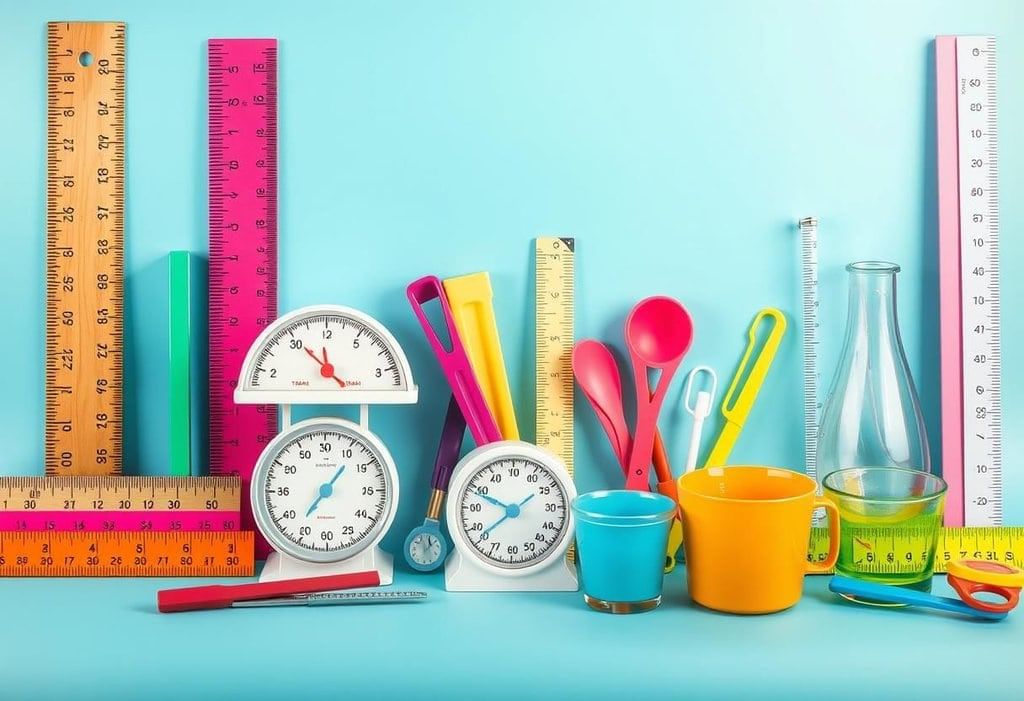
1. Understanding Measurement
What is Measurement?
Measurement is the process of finding out the size, length, weight, or capacity of something. We use measurements every day to compare things and make decisions. For example, measuring how tall you are or how much something weighs.
Units of Measurement:
There are different units for measuring different things:
- Length: We use units like centimeters (cm), meters (m), and kilometers (km) to measure how long something is.
- Weight: Weight is measured in grams (g) and kilograms (kg). For smaller objects, we use grams, and for heavier objects, we use kilograms.
- Capacity: Capacity tells us how much a container can hold. It is measured in milliliters (ml) and liters (l).
2. Measuring Length
Measuring with a Ruler:
To measure length, we use a ruler or a tape measure. A ruler has marks that represent units of length, such as centimeters (cm) or millimeters (mm). To measure an object, we place the ruler along the object and read the measurement where the object ends.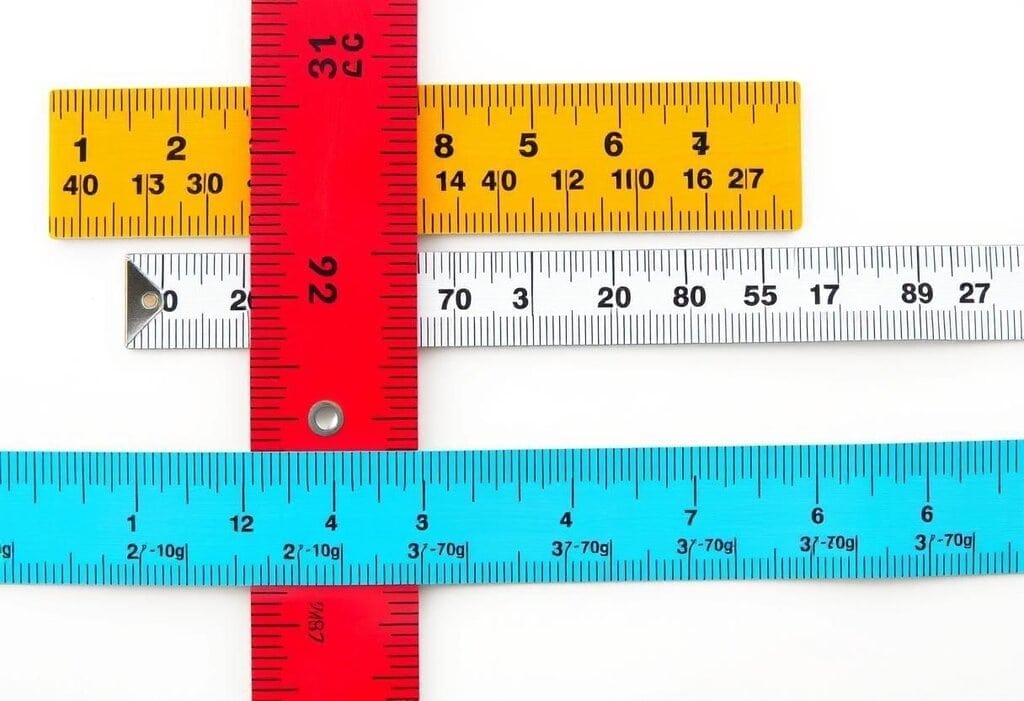
Common Units of Length:
Length can be measured in:
- Millimeters (mm): Used for very small lengths, like the width of a pencil.
- Centimeters (cm): Used for everyday measurements, like the length of a book.
- Meters (m): Used for larger lengths, like the height of a door.
- Kilometers (km): Used for very large lengths, like the distance between cities.
- Converting Length Units:
We can convert between different units of length:
- 1000 millimeters (mm) = 1 meter (m)
- 100 centimeters (cm) = 1 meter (m)
- 1000 meters (m) = 1 kilometer (km)
3. Measuring Weight
Measuring with a Scale:
Weight is measured using a scale or balance. The scale will show the weight in grams (g) or kilograms (kg). For example, a fruit scale at the market might show the weight of apples in grams, while a heavy suitcase is measured in kilograms.
- Common Units of Weight:
Weight is measured in:
- Grams (g): Used for lighter objects like a book or a toy.
- Kilograms (kg): Used for heavier objects, like a backpack or a watermelon.
- Converting Weight Units:
We can convert between grams and kilograms:
- 1000 grams (g) = 1 kilogram (kg)
4. Measuring Capacity
Measuring with a Measuring Cup:
Capacity is the amount of liquid a container can hold. We measure capacity using tools like measuring cups or jugs. Common units of capacity include milliliters (ml) and liters (l).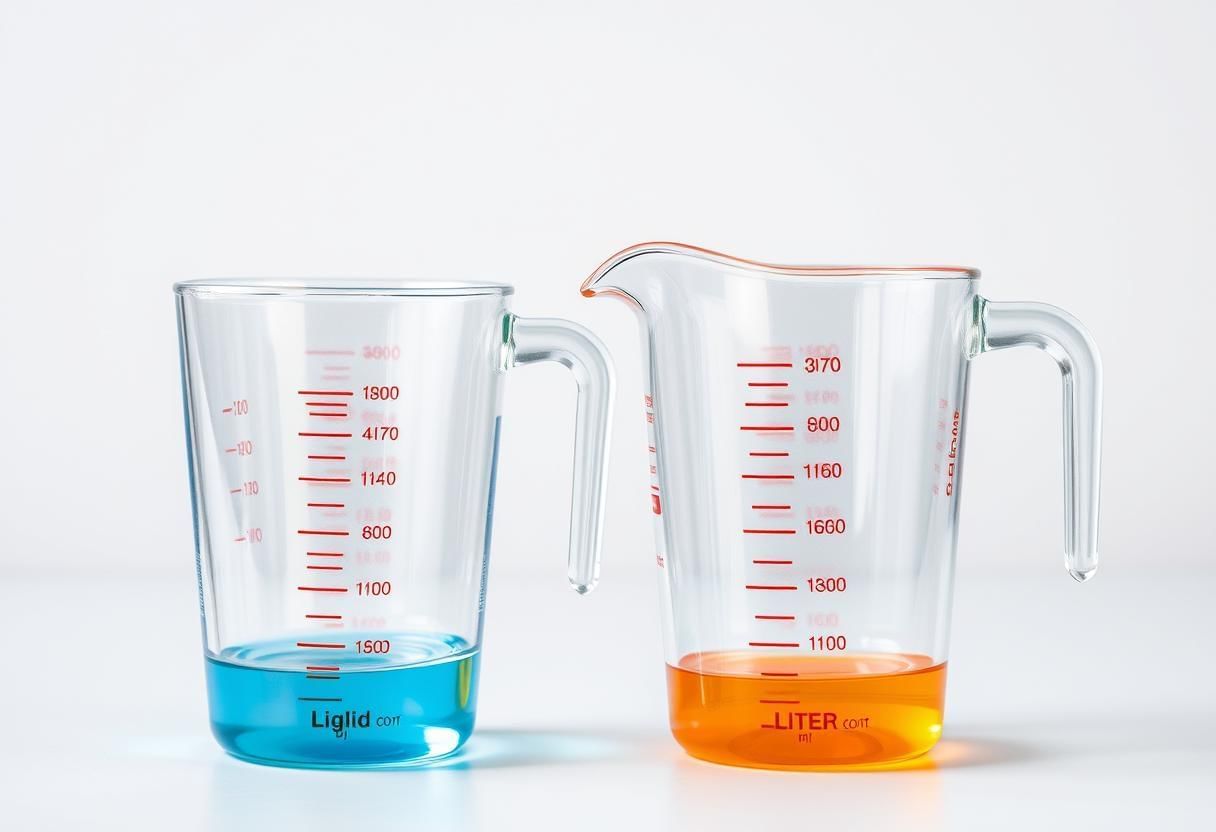
- Common Units of Capacity:
Capacity is measured in:
- Milliliters (ml): Used for small amounts of liquid, like a bottle of juice.
- Liters (l): Used for larger amounts of liquid, like a jug of milk.
- Converting Capacity Units:
We can convert between milliliters and liters:
- 1000 milliliters (ml) = 1 liter (l)
5. Measuring Time
Measuring Time with a Clock:
We measure time using clocks. Time can be measured in hours, minutes, and seconds. A clock has two hands: the hour hand (short hand) and the minute hand (long hand). The hour hand tells us the hour, and the minute hand shows how many minutes have passed in the hour.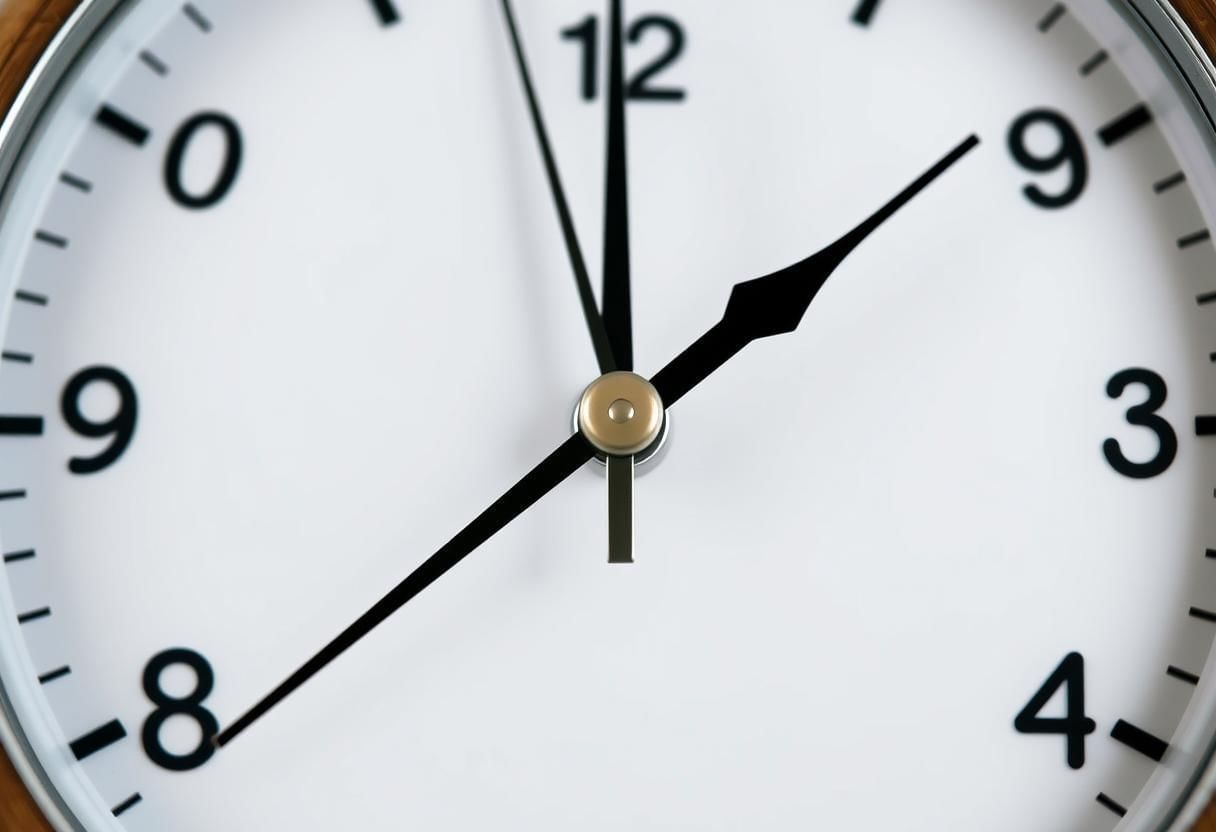
- Common Units of Time:
Time is measured in:
- Seconds (s): The smallest unit of time.
- Minutes (min): There are 60 minutes in one hour.
- Hours (h): There are 24 hours in a day.
- Converting Time Units:
We can convert between time units:
- 60 seconds (s) = 1 minute (min)
- 60 minutes (min) = 1 hour (h)
- 24 hours (h) = 1 day
6. Estimating and Comparing Measurements
Estimating Length:
Sometimes we can estimate the length of an object before measuring it. For example, we can guess how long a pencil is by looking at it and then check with a ruler.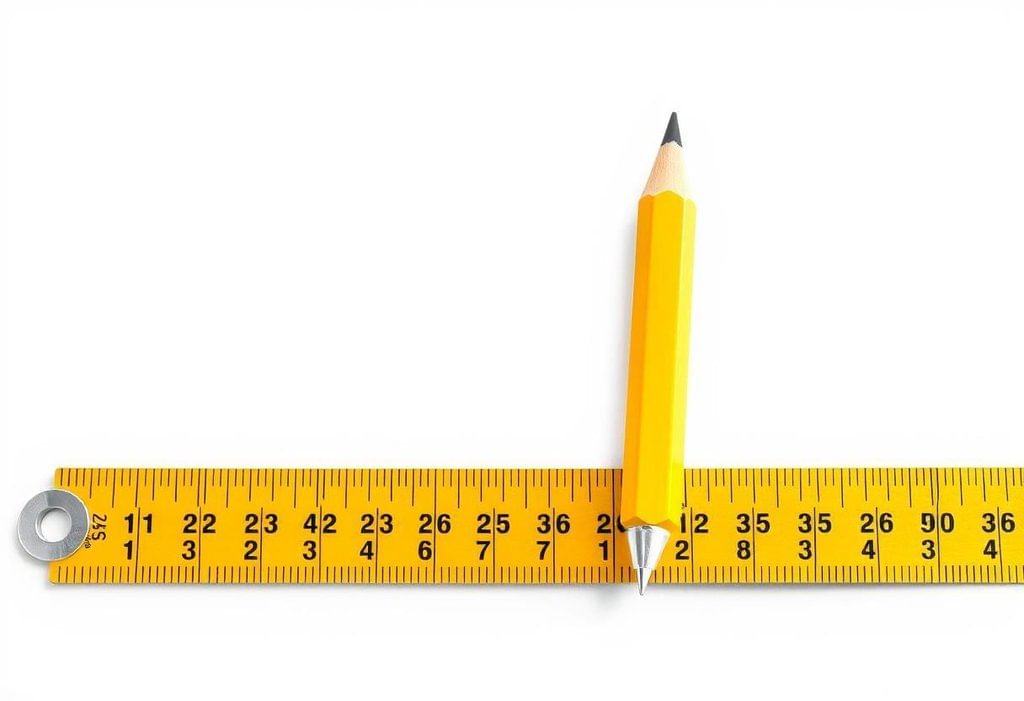
Comparing Measurements:
We often need to compare measurements. For example, we can compare the length of two objects, the weight of two bags, or the capacity of two containers. This helps us decide which one is longer, heavier, or holds more.
7. Practice Questions:
- Measure the length of your pencil using a ruler. How long is it in centimeters?
- If a bag weighs 2 kg and another bag weighs 1500 g, which one is heavier?
- Convert 1500 ml to liters.
- If a clock shows 2:30, what time is it?
- Estimate the weight of a book. Is it around 500 g, 1 kg, or 2 kg?
- If a jar holds 1 liter of juice, how many milliliters does it hold?
|
65 docs|19 tests
|
FAQs on Measure - Year 3 Mathematics IGCSE (Cambridge) - Class 3
| 1. What are the different units used for measuring length? |  |
| 2. How do you measure weight accurately? |  |
| 3. What are some common units for measuring capacity? |  |
| 4. How can I estimate measurements in everyday life? |  |
| 5. Why is it important to understand measurement in daily activities? |  |




















